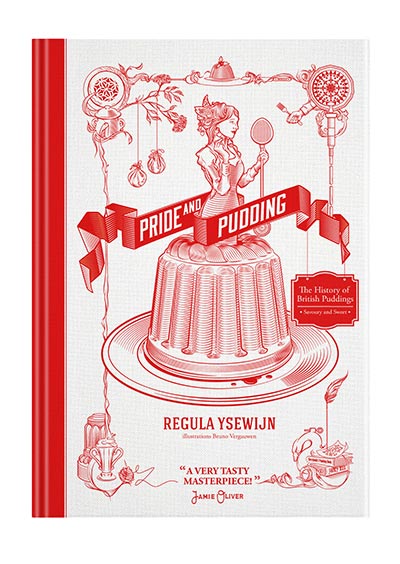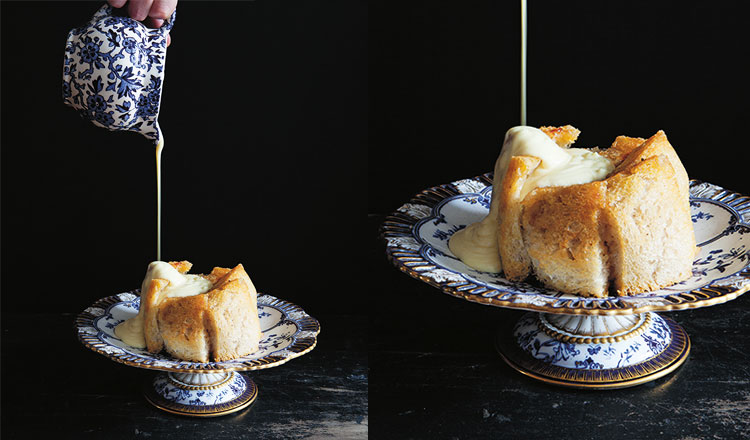“It is said that the apple charlotte is named after Queen Charlotte, the wife of King George III, who might have been the patron of the apple growers.
Some have claimed this pudding was invented by the French chef Carême in 1802, and that he published a recipe for ‘charlotte a la parisienne’ and later changed it to ‘charlotte russe’ when he worked for Tsar Alexander of Russia; however, in that same year a recipe for charlotte of apples was published by John Mollard (The Art of Cookery Made Easy and Refined, 1802). Moreover, Carême only published his first book in 1815, not 1802, and as far as I know the pudding does not appear in it. In 1802 Carême was an 18-year-old apprentice, working for a pastry chef who encouraged him to learn to read and write. Hardly a time at which he would write a book.
Although the earliest recipe in print I could find is John Mollard’s, it is very possible this pudding did appear earlier in manuscript recipe books. What we do know is that it is more likely that the apple charlotte is an English invention after all.” Regula Ysewijn
Makes enough for 1 charlotte mould or 16 x 10 x 7.5 cm (6¼ x 4 x 3 inch) loaf (bar) tin
INGREDIENTS
3 cooking apples, such as granny smith or bramley, about 500 g (1 lb 2 oz), peeled and cored
5 tablespoons apricot jam
60 ml (2 fl oz/¼ cup) brandy or dark rum
1 loaf of stale plain white bread, about 550 g (1 lb 4 oz)
50 g (1¾ oz) butter, melted
sugar, for sprinkling
METHOD
1 Preheat the oven to 190°C (375°F). Generously grease the mould or loaf tin with butter and place a disc or strip of baking paper in the bottom.
2 Chop up the apples and put them in a saucepan with the apricot jam and brandy. Cook until soft and pulpy. You might need a splash of water to prevent the apples from burning. Allow to cool in the pan.
3 Cut thick slices of bread in 5 cm (2 inch) wide rectangles the same height as the side of the mould and use a pastry brush to generously coat them with the melted butter.
4 Place the bread in the mould, overlapping the edges a little so there are no gaps. Finally put a disc or strip of bread onto the bottom of the mould, making sure there are no gaps.
5 Scoop the apple mixture into the bread-lined mould, then close the top with a final few slices of buttered bread and sprinkle some sugar on top.
6 Bake in the middle of the oven for 30–40 minutes until golden brown, as you prefer your toast. When ready to serve, turn the mould onto a plate and allow to stand for 5 minutes before attempting to remove the mould.
7 Serve with clotted cream, vanilla ice cream, or custard for the custard lovers

Recipes and Images from Pride and Pudding by Regula Ysewijn, (Murdoch Books), available in all bookshops and online.







